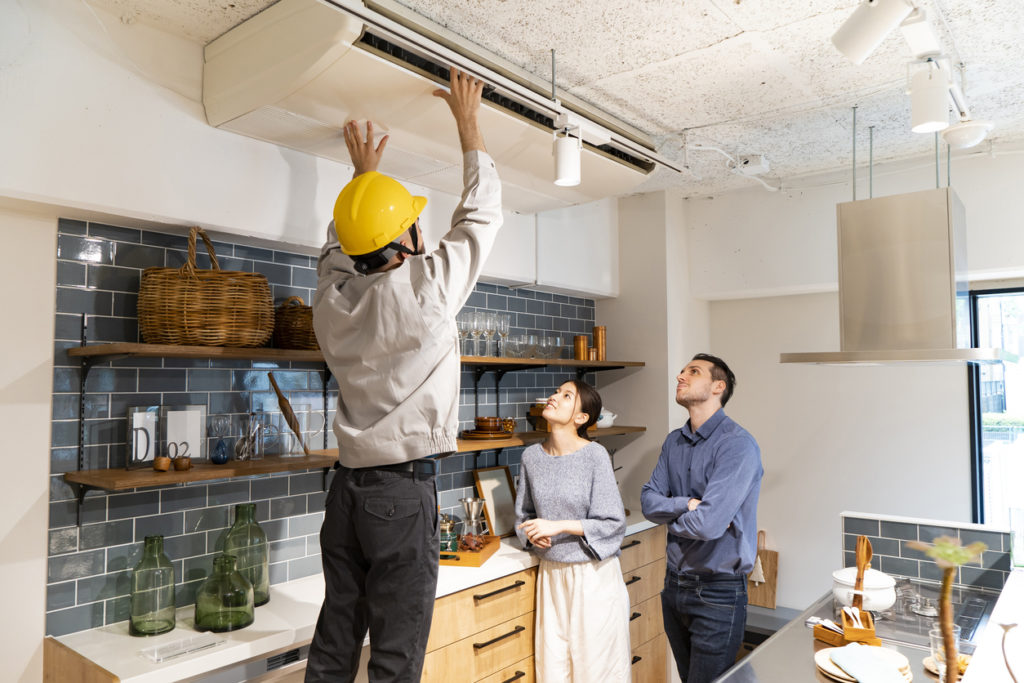We recently wrote an article about how to control moisture in your home, and as we said, one of the key focuses in your home to prevent moisture is proper ventilation. In this article, we’re looking at the best types of ventilation for your Portland home.
Not only will perfecting the ventilation in your home contribute to a higher Home Energy Score, it will also ensure good air quality in your home, essential to your and your family’s health.
Having the proper ventilation will also ensure a longer life for your roof, which will reduce your energy bill in the long run. While there are a few types of ventilation to consider for your home, let’s first look at how the proper ventilation can affect your roof.
Proper Ventilation in Your Portland Home Begins in the Attic
Attic ventilation is essential in Oregon due to our damp climate. Having the proper attic ventilation accomplishes a few important things:
- Prevents mold and mildew in the attic space
- Maintains the health of your roof
- Maintains the health of your roof substrate
- Helps ensure you have a solid manufacturer’s warranty (they often require it)
- Reduces the temperature load in your attic, thus reducing the amount of work your heating and cooling systems have to put forth, thus reducing your energy bill.
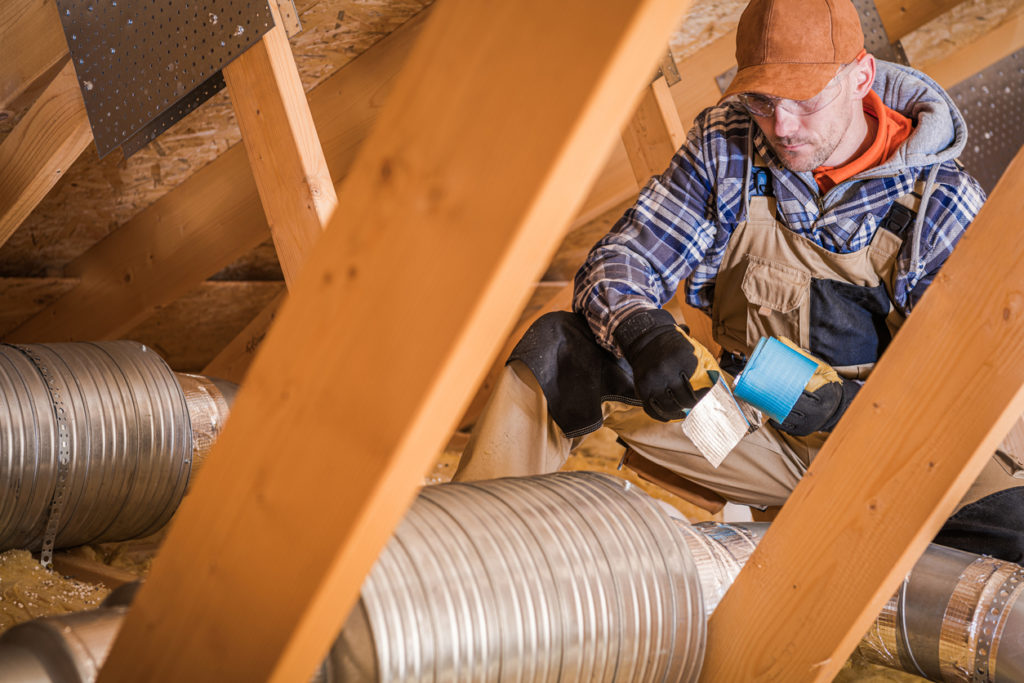
As we wrote in our previous article, ventilation can be accomplished with single units in individual rooms. But if you’re looking for a more all-inclusive, top-to-bottom way to ventilate your home, it helps to think about it in terms of whole-house ventilation.
Four Types of Whole-House Ventilation
Whole-house ventilation is created mechanically by installing fans, either directly in walls or windows, or in air ducts, supplying air into or drawing it from a room, depending on the type of ventilation used. Different types of home ventilation can be installed in combination with a wide variety of furnaces, air conditioners, fans, heat pumps, and less popular HVAC devices. Before you install that next HVAC system, it is a good idea to talk to the installer to get an understanding of the ventilation techniques they’re install or if they’re going to connect with existing home ventilations options during the install.
1. Exhaust-Only Ventilation
Fans that move air out of your home is known as exhaust-only ventilation. This type of ventilation works best in cold climates. We don’t recommend it for the PNW.
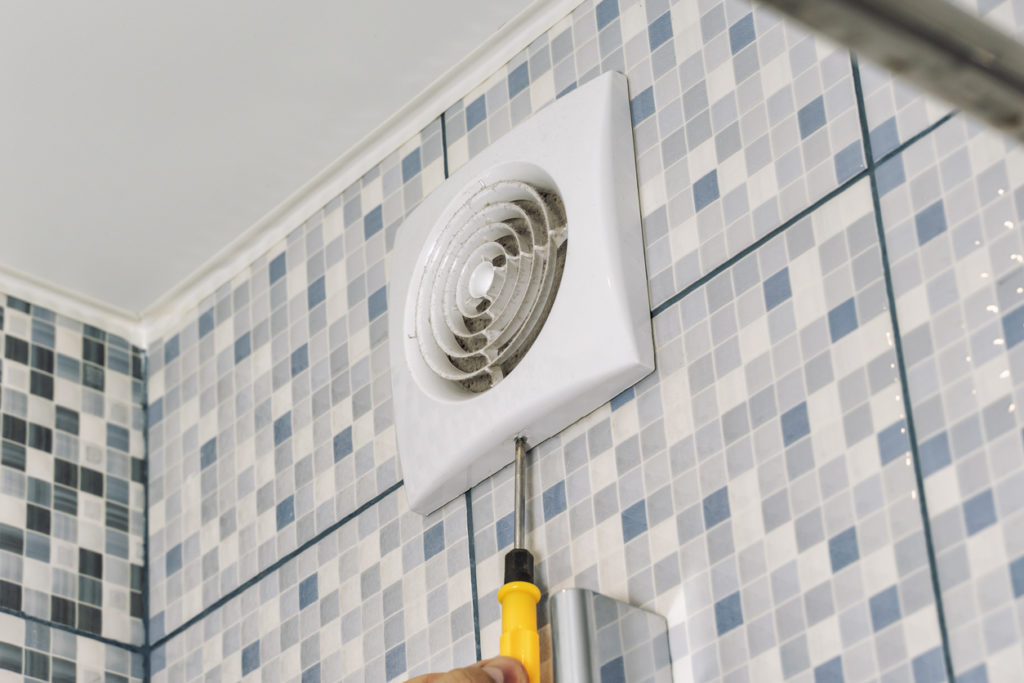
Benefits
- Low-cost installation
- Low-cost maintenance
- Easy to install
Drawbacks
- Can draw in contaminants from the crawlspace or attic into the home
- Can draw in moisture from the outside, potentially causing rot or mold in wall cavities
- Can cause combustion appliances to backdraft
2. Supply-Only Ventilation
Supply-only ventilation is the opposite of exhaust-only. Rather than push indoor air to the outside, it draws outdoor air into the home using fans. This type of ventilation works best in hot or mixed climates.
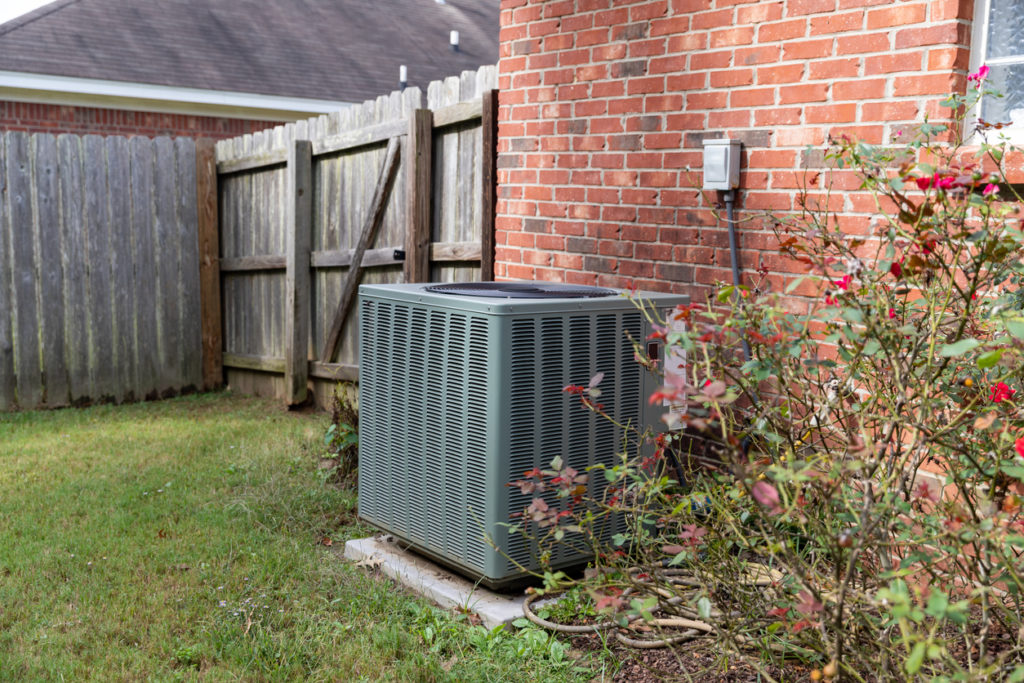
Benefits
- Low-cost installation
- Reduces contaminants
- Provides better control than exhaust-only
- Prevents backdrafting in combustion appliances
- Filters pollen and dust
- Dehumidifies
Drawbacks
- Can still draw humidity inside, especially in colder climates
- Can collect moisture within walls and lead to mold and mildew
- Can increase energy costs
3. Balance Ventilation
When both above-mentioned types of ventilation are used together, it’s called balance ventilation. This type of ventilation is good for all climates.
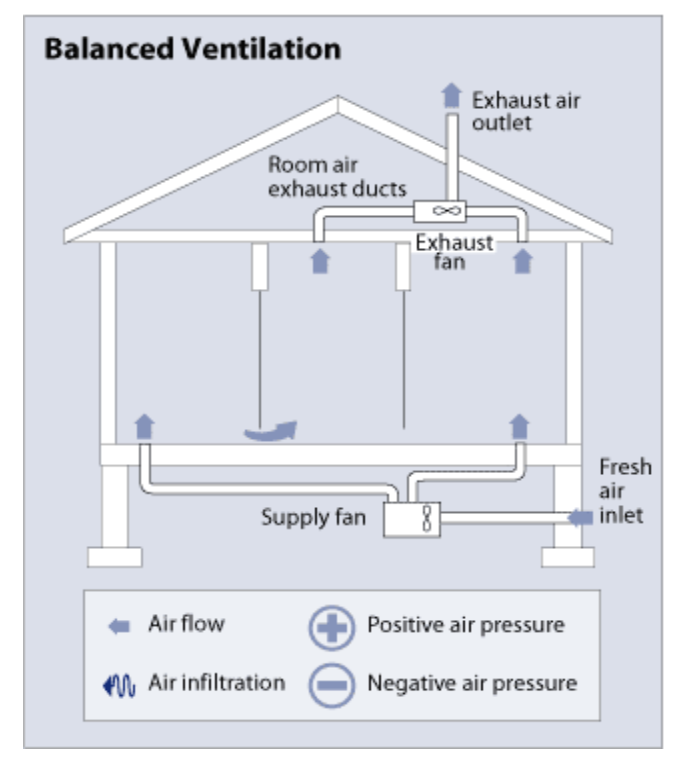
Benefits
- Reduces contaminants
- Higher control of air supply, alleviating pulling humidity into walls
Drawbacks
- Higher cost to install
- Does not guarantee the removal of moisture from outside air
- Can increase energy costs
4. Energy Recovery / Heat Recovery Ventilation
Energy recovery and heat recovery ventilation systems control the ventilation of a home and minimize energy loss. Both types operate with controls, fans, and a heat exchanger, however, the way the heat exchanger works differs between the two. An energy recovery ventilator’s heat exchanger transfers water vapor and heat energy, while the heat exchanger for a heat recovery ventilator transfers heat only.
Small wall- and window-mounted models exist, but most are central, whole-house ventilation systems with dedicated duct systems or shared ductwork.
Essentially, these types of systems transfer warm inside exhaust air to fresh cold outside air. In the summer, the reverse is true. These types of ventilation is best in extreme winter climates or summers that generate high fuel costs.
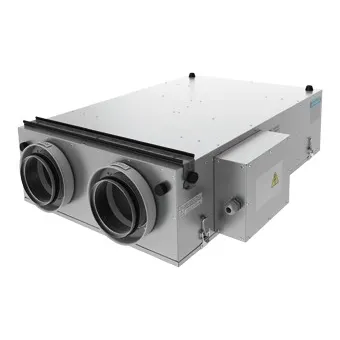
Benefits
- Reduces cooling and heating costs (will do so even in the PNW, especially as our climate changes)
- Available in a variety of sizes and models: central, wall-mounted, window-mounted
Drawbacks
- Cost may not be justified in mild climates
- Requires freeze protection in cold climates
- Requires additional maintenance
Natural Ventilation in Your Portland Home
We’re focusing mostly on mechanical ventilation here, but it’s worth noting the power of natural ventilation in your home. Simply put, this is the movement of air through purpose-built openings in the building envelope. A purpose-built opening is an opening built for the purpose of being opened to allow for airflow, like doors, windows, and solar chimneys. The building envelope forms the main thermal barrier between the interior and exterior environments and includes roof, foundation, walls, and windows.
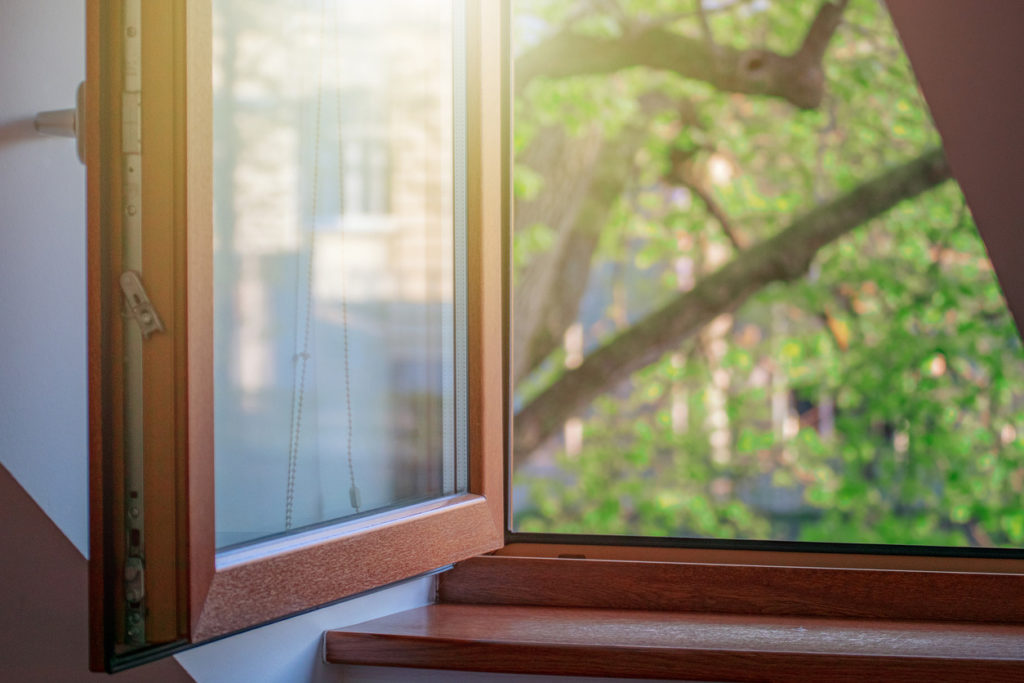
The frequency of use and effectiveness of natural ventilation is highly dependent on weather conditions and each individual’s comfort level with allowing openings during colder weather. So, while this is a viable ventilation solution in Portland, it’s really a supplemental solution to accompany one of the above-mentioned systems.
The Conclusion on The Best Type of Ventilation for Your Portland Home
As we mention above, the attic is the best place to start when considering a revamp of your home ventilation system. Following that, the best type of system in your Portland home is balance ventilation.
With this type of ventilation system, you’ll have more control over the air supply and the amount of contaminants in your home. And while it does cost more to install, the long-term savings could be worth it.
We’ve seen some notable climate changes here in Portland over the past few years. Our winters have not gotten harsher, but our summers have gotten hotter. In some cases, it might be worth supplementing existing balance ventilation systems with a few individual energy recovery or heat recovery systems.
In the end, what you decide comes down to your preferences and your budget, but having the differences in mind can help you make the best choice for your home.

